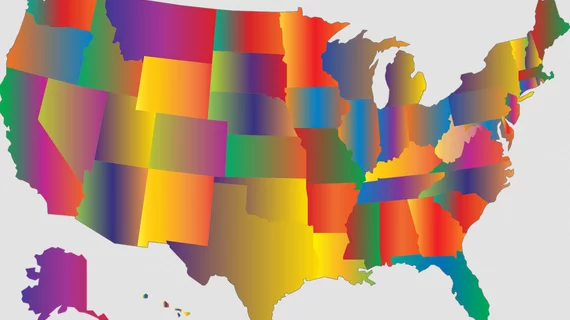Some sleepers arise in rankings of top (and bottom) states for healthcare
It’s no surprise to find Massachusetts and Minnesota topping the states and D.C. for best overall healthcare across three categories—cost, accessibility and outcomes—comprising 44 distinct metrics.
But look which state leads the league in getting at-risk adults to the doctor for routine visits.
That would be West Virginia.
The results are from a WalletHub best-and-worst study published online Aug. 3.
Other interesting subcategory winners include Colorado for lowest rate of stroke and heart disease, New Mexico for lowest cancer rate and California for highest percentage of medical trainees retained.
Meanwhile the overall top 10 land like this:
10. South Dakota
9. Hawaii
8. Iowa
7. Colorado
6. Vermont
5. North Dakota
4. District of Columbia
3. Rhode Island
2. Minnesota
1. Massachusetts
WalletHub’s report also includes Q&As with several experts on the metrics in play.
Asked what measures local authorities can take to better support hospitals and healthcare providers as the COVID-19 crisis rolls on, Naomi Zewde, PhD, of City University of New York responds, in part:
“Any institution that maintains or improves people’s well-being during this pandemic should not be a candidate for austerity unless it is generating substantial excess profits and thus can afford to contribute to our collective needs. I suspect that those with resources are actually okay with, and even expect and would appreciate, such contributions if they are really going where needed.”
To see the full best (and worst) lists along with the complete report, click here.

